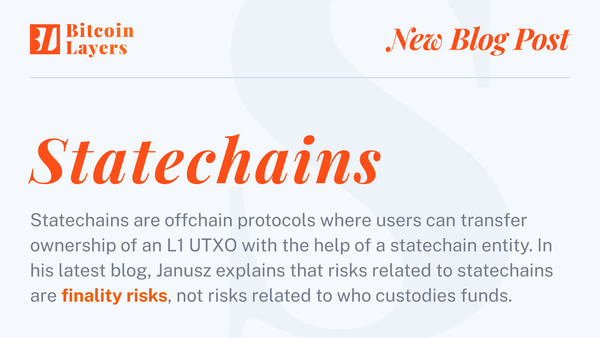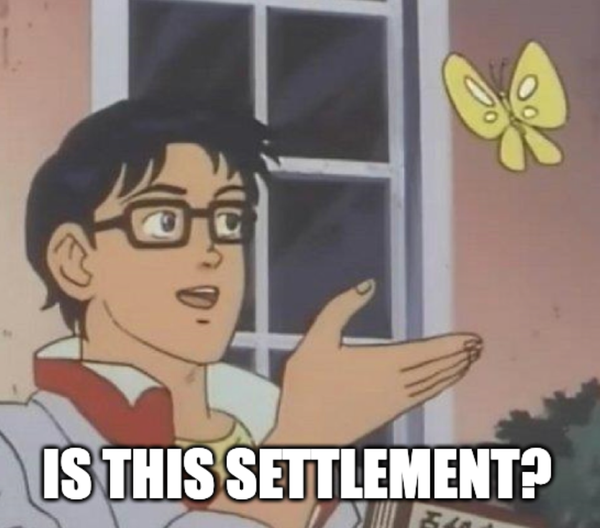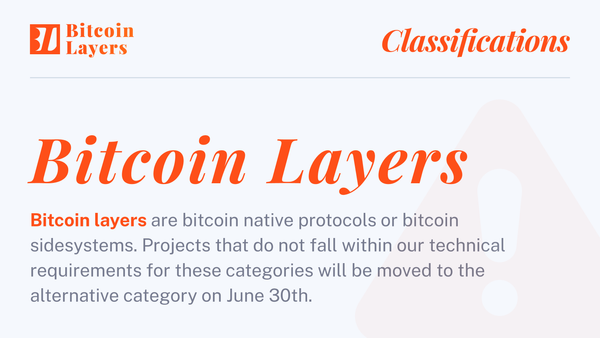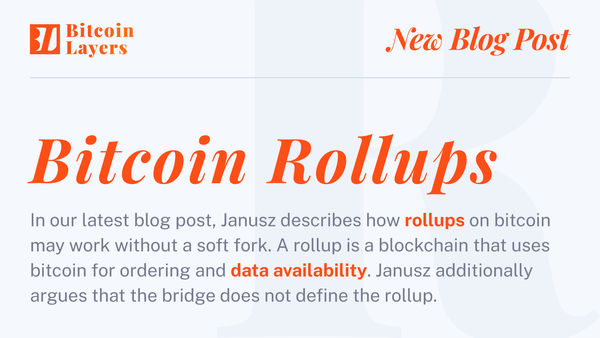Implementing a framework & standards for BTC-backed derivative assets & LSTs

We’re not sure if all BTC-derivative assets are fully backed.
In the last few weeks, there has been more chatter on Twitter around BTC-derivative assets. A BTC-derivative asset is a tokenized representation of BTC that lives on another blockchain network. These assets should be backed and redeemable for 1 BTC.
A number of these assets became more prevalent in the last year. On our website, we are currently tracking 38 different wrapped BTC assets and there are certainly more. User demand for these tokens is unclear, as the execution environments they are deployed on have existed for years.
However, through points programs and the possibility of earning yield on spot BTC, deposit numbers have increased significantly. Nearly 57,000 BTC is deposited onto Babylon with the majority of that volume being supplied by LST providers (just to clarify, LSTs are forms of derivative assets). A large percentage of that came from tokens launched in the past year. There's tens of thousands of more BTC derivative assets that aren't deposited into Babylon.
In a recent post, I highlighted the custodian providers responsible for securing native BTC backing these derivative assets. It’s clear that a number of these protocols are using centralized custodians to ensure that their assets are backed 1:1. And a number of these projects are sharing the same custodian(s).
Alright, who's holding the money? There's a number of custodians securing BTC that backs various pegged assets on other networks.
— yah-noosh 🥪 (@januszg_) January 6, 2025
And many derivatives share the same custodians 😬
Let's take a look 🔐@wrappedBTC - BitGo Global. Three entities based in the US, Singapore, and… pic.twitter.com/12sXScHzol
Also, projects are not simply using native BTC to fully back their assets. Other derivative assets, such as cbBTC and wBTC, are being used as reserve assets for newer derivatives. This compounds custodian risk; if a wrapped, reserve asset became unbacked, then all of the assets that it backs would also become unbacked. And if reserve assets are backed by BTC that is secured by a custodian that a derivative project uses to store its own native BTC, then the risk further compounds:
There are some open questions about derivative asset providers:
- Is TVL being propped up? Is it real BTC deposits or driven by deals with whales?
- Is BTC backing these assets being rehypothecated across various protocols and being shared by projects?
- Do the projects have control over the BTC backing their asset?
- What is stopping projects from fulfilling Babylon deposits if the cap is unlimited?
Considering the volume and potential consequences of assets being unbacked, we’re going to be publishing a framework for wrapped derivative assets. It originally was our intention to only have a framework for layers responsible for transaction execution, but due to the volume of these assets on other chains (e.g. alternative L1s such as Ethereum), we’re prioritizing this area.
The framework risk analysis should cover:
- What is the custody mechanism and who are the parties responsible for securing BTC backing the derivative asset?
- Who is responsible for minting and burning derivative assets on various supported networks?
- Does the asset have blacklist or pause functions? What are the risks associated with the token contracts?
Further sections that should be covered include:
- An analysis of the project’s Proof-of-Reserves and transparency
- Does the project, or relevant custodians, have published practices for key storage and transaction signing mechanisms (e.g. HSM or MPC)?
- How withdrawals and redemptions are processed to the user
- Is the derivative backed solely by native BTC, or does it use other reserve assets?
For LST projects, additional considerations include:
- Does the project provide stake attestations (e.g. metadata in a staking transaction) for BTC staked in a given protocol, attesting that it represents a given batch of LST tokens?
- Who are the parties responsible for staking on a user’s behalf?
Within this framework, we will also implement a minimum set of standards derivative assets should adhere to focusing on reserves, operator, and custodian transparency. If they do not meet these requirements, they will receive a special risk classification on the Bitcoin Layers site and we will advise users against interacting with the assets.
Users of BTC-backed tokens and protocols should understand the risks when interacting with specific assets. We will be releasing a full framework and corresponding reviews in the coming days. If you’d like to provide feedback, consider joining our telegram chat.




